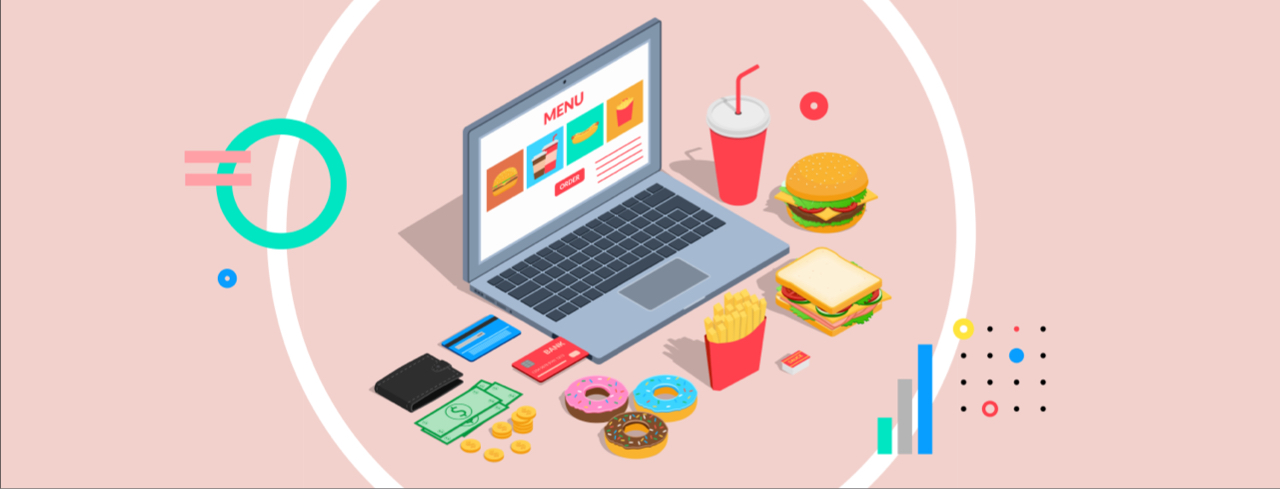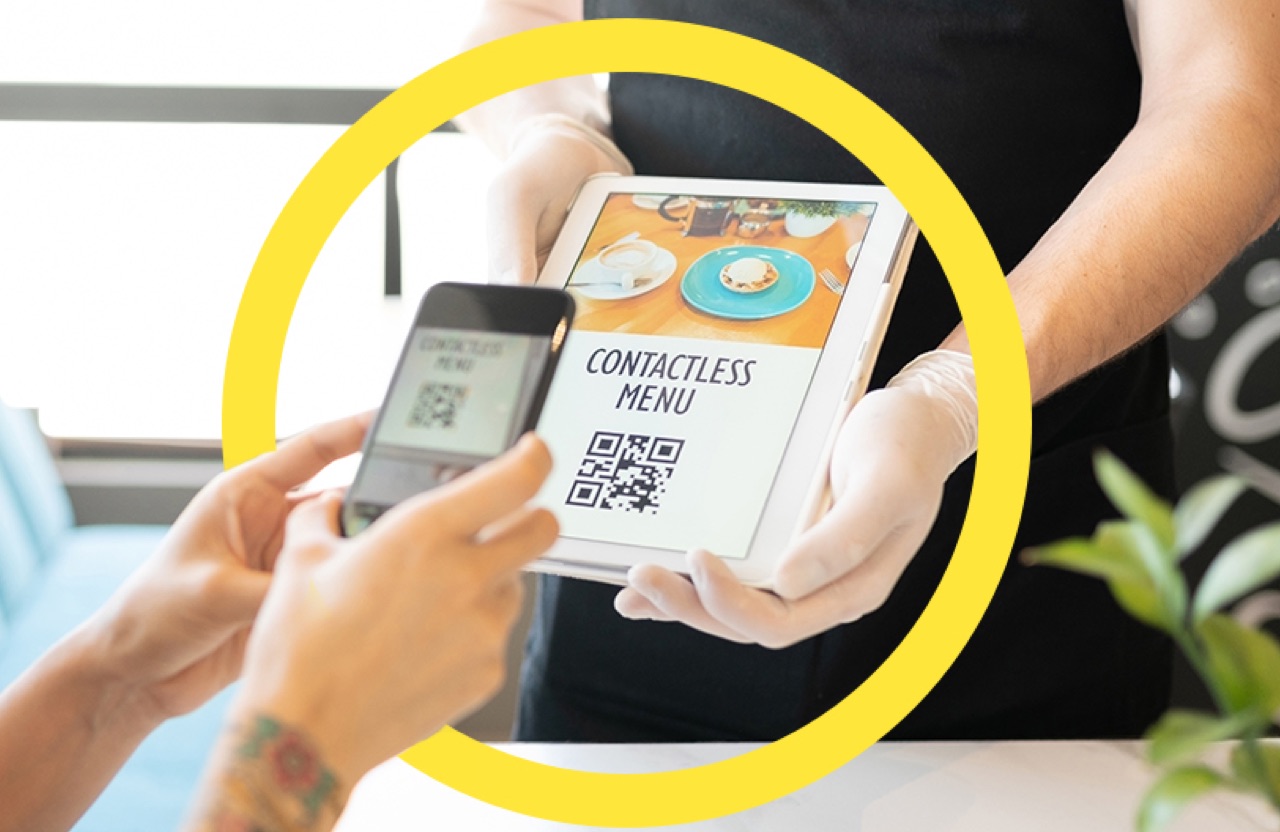What issue can we solve for you?
Type in your prompt above or try one of these suggestions
Suggested Prompt


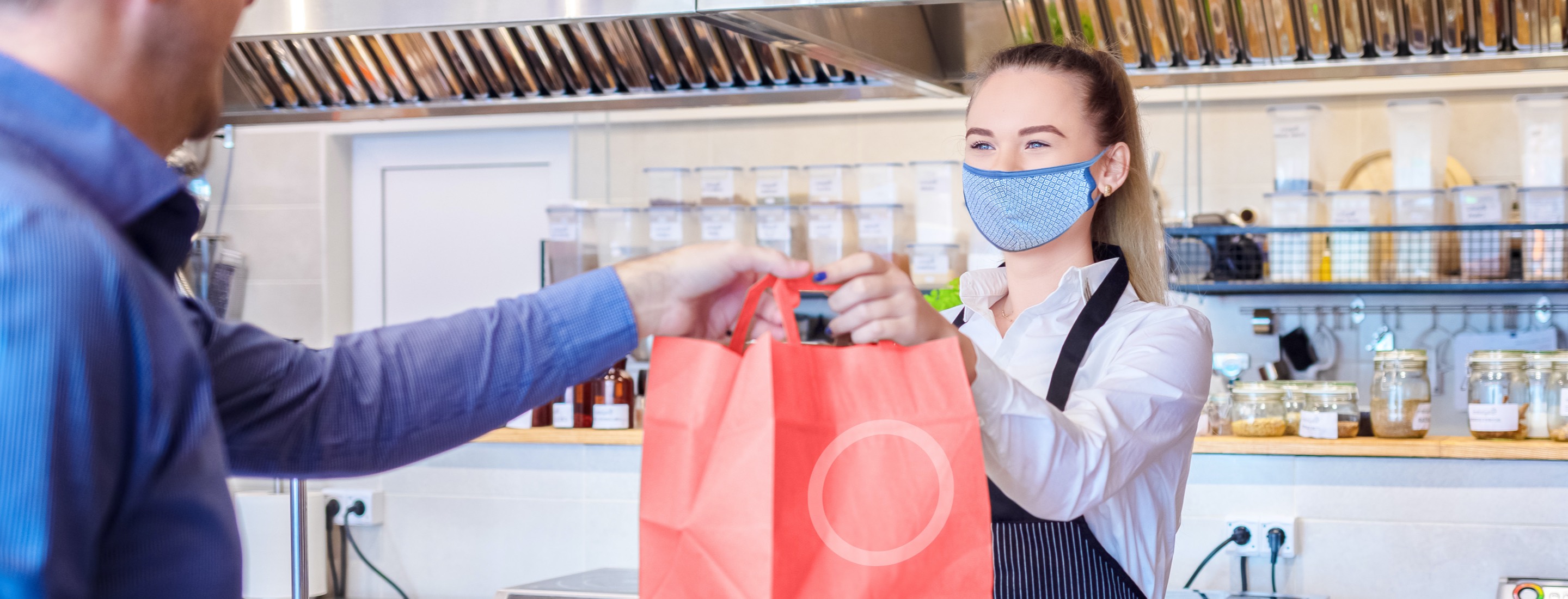
Food & Dining
Why Smart Kitchens Serve Uo Better Customer Experiences
Why Smart Kitchens Serve Uo Better Customer Experiences

A successful smart kitchen:
- Considers the end-to-end customer journey and entire order fulfillment process
- Improves the customer experience and crew operations
- Uses automation, customer geolocation and predictive analytics to streamline processes
Everything about the quick-service restaurant (QSR) experience is getting smarter, from the drive-thru to mobile ordering for curbside pickup or delivery, as customers demand efficient service and great food.
Food quality and ease or difficulty of being served makes or breaks the experience for customers more than the brand’s digital ordering experience. But it’s also been difficult for kitchens—the heart of the customer experience—to keep up with the growth of third-party delivery services like DoorDash and Uber Eats as many QSRs, and their customers, have adopted digital.
Smart kitchens, which use some combination of automation, customer geolocation and predictive analytics, are streamlining food preparation processes across in-store, drive-thru, mobile and delivery orders. These kitchens are designed to improve speed of service, food quality and order accuracy and many are also testing technologies like IoT devices, sensors, cameras, voice recognition and robotics.
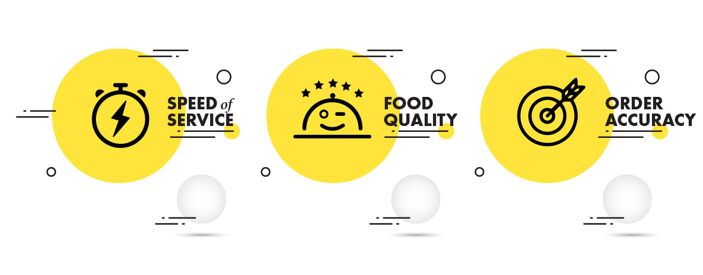
But the reality is that restaurants are juggling shifting customer expectations with massive labor shortages and lower IT budgets due to the pandemic. The average restaurant IT budget is only two percent of revenue in 2021, down from 2.7 percent in 2020, according to the Hospitality Tech Restaurant Technology Study 2021. Although budgets are expected to recover to pre-pandemic levels this year, restaurants should still be investing more in new technologies.
As brands continue to push customers toward digital, there are two major customer challenges that smart kitchen technology investments address:
- For customers who order ahead via app or mobile, doing so must significantly shorten the wait time to receive food. This reinforces the convenience value of ordering digitally. A good benchmark: mobile order pickup has to beat drive-thru time.
- For delivery customers, order accuracy is imperative as it’s difficult to fix incorrect orders. Improving the order accuracy rate and enabling easier resolution of customer service issues will keep these customers satisfied.
To be sure, digital customers are a key driver of incremental business for QSRs: recent studies have shown digital customers spend about 50 percent more on average than non-digital customers. In 2020, U.S. online food delivery revenues hit $26.5 billion, Statista found. But smart kitchens don’t just affect digital customers, they improve the experience in whichever channel customers decide to order from. That includes cash customers who still make up roughly one-third of QSR transactions.
A customer wouldn’t know a restaurant has a smart kitchen, but they would know if it doesn’t have a smart kitchen. Many QSRs already have elements of smart kitchens in place, like restaurant-level geolocation, and should be investing more in these innovations while ensuring customers see service enhancements that keep pace with their evolving expectations.
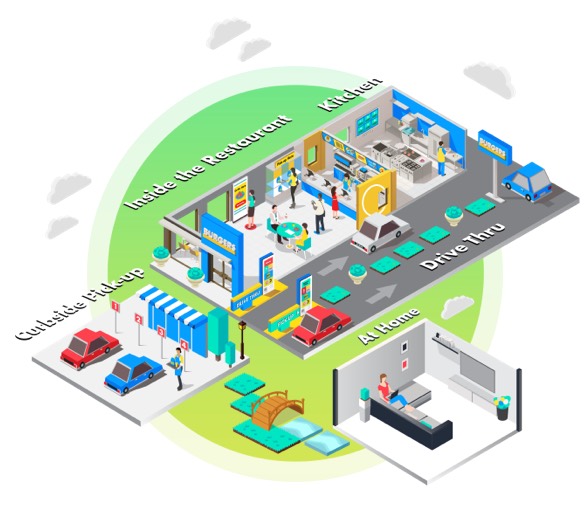
Go beyond the kitchen
Learn how to boost loyalty and profit with digital signage, mobile orders, delivery, drive-thru and more.
Smart Kitchens Start with Service Design
Investment in smart kitchen technology can address stakeholders on both sides of the counter. Customers want convenience, value and accuracy. Brands and operators want to develop customer affinity, drive higher order size and manage labor and overhead costs.
Service design considers the end-to-end experience of everyone and everything involved in completing a task, from the moment a customer places an order to the moment they receive their food. The goal is to make the customer experience as convenient as possible. For QSRs, service design helps brands create the best possible roadmap and investment plan that will yield the most value—for their kitchen operations and for the customer experience.
Taco Bell’s Go Mobile stores are a great example of improving the end-to-end customer experience while streamlining operations. Aimed at serving mobile orders, smart kitchens in these stores provide direct insights to the customer that improve convenience, taking the guess work out of mobile order pickup.
According to Publicis Sapient CEO Nigel Vaz in his new book “Digital Business Transformation,” the goal of service design is to “surface, design and build ideas that will unlock value” for that experience.
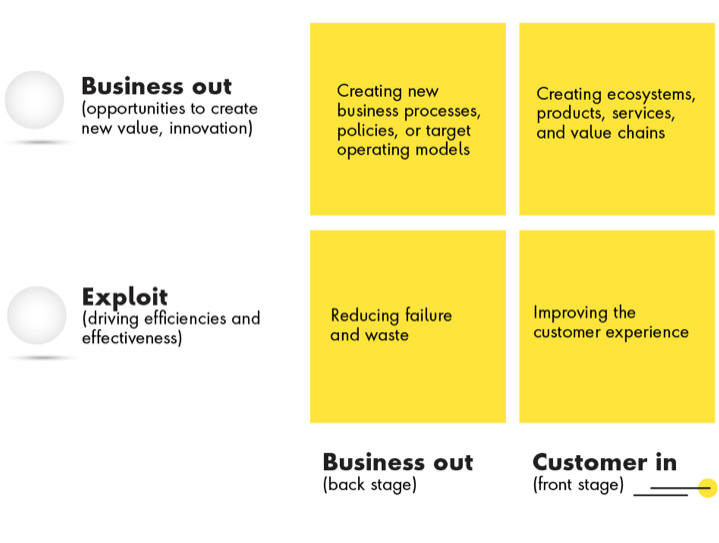
“Smart kitchens, and an investment in the service design of the entire end- to- end online and offline customer experience, are an important tool for QSR brands to live up to the promise of value, convenience and fun. Brands can invest in driving customers to digital channels, but if the experience falls apart when it comes to the food, customers will abandon these channels and possibly the brand altogether."
Jackie Walker , Head of Strategy, Dining & Delivery, Publicis Sapient
First step: Geolocation
In Bluedot’s State of What Feeds Us survey, only 32 percent of customers who wanted automated check-in upon arrival received that service. Geolocation is a key part of smart kitchens and a centerpiece of what makes them smart. Location data in a restaurant’s app shows them where a customer is, when to start preparing an order, and when to complete each step of the order fulfillment process.
Customers ordering via an app are aware that a restaurant is tracking their location. From a customer’s perspective, that location data should also work for them and not just the restaurant. Automated check-in and reduced wait times are important improvements to the customer experience enabled by smart kitchens, yet many brands have not yet extended these benefits to their customers.
In Taco Bell’s Go Mobile concept, the kitchen can detect via geolocation when a customer arrives and suggests whether curbside, in-store or a dedicated drive-thru lane is the best route to get their food. Here, the combination of predictive analytics and customer geolocation provides a tangible and noticeable benefit to the customer.
Using Automation and Data to Create Value
Other smart kitchen designs are playing out at Chipotle, which is piloting a restaurant for digital orders only. Featuring a unique mobile-only drive-thru “Chipotlane,” these stores seek to provide a uniquely convenient experience for customers while significantly cutting operational costs. Across their fleet, nearly half of Chipotle’s orders are digital and 98 percent of restaurants already have a separate make-line for digital orders.
McDonald’s is piloting AI assistants at drive-thrus in a few locations to automate order taking. This technology has an 85 percent order accuracy rate and can handle 80 percent of orders, helping prevent incorrect orders and allowing the restaurant to deploy crew to other areas.
Marco’s Pizza has invested in technology to help the chain understand which products are most often made incorrectly and to quickly catch mistakes and improve training with those menu items.
These early pilots are showing promise, though the long-term ROI at scale is still being determined.
And while some smart kitchen innovations still feel futuristic, restaurants should take incremental steps toward smart kitchens as they recover, with customer experience at the center. This includes considering how they can better use systems and technology they already have and extend them in ways that will deliver the highest impact in the near-term, such as:

- Effectively using app location data that’s already enabled
- Rethinking how you can manage your existing work flow to improve order accuracy, particularly with delivery orders
- Tracking average wait times across all order channels and working to shorten them
That way, in the long-term, restaurants will be able to reap the operational benefits of these investments while also ensuring that whether a customer orders digitally or in person, they will have an optimal end-to-end experience.
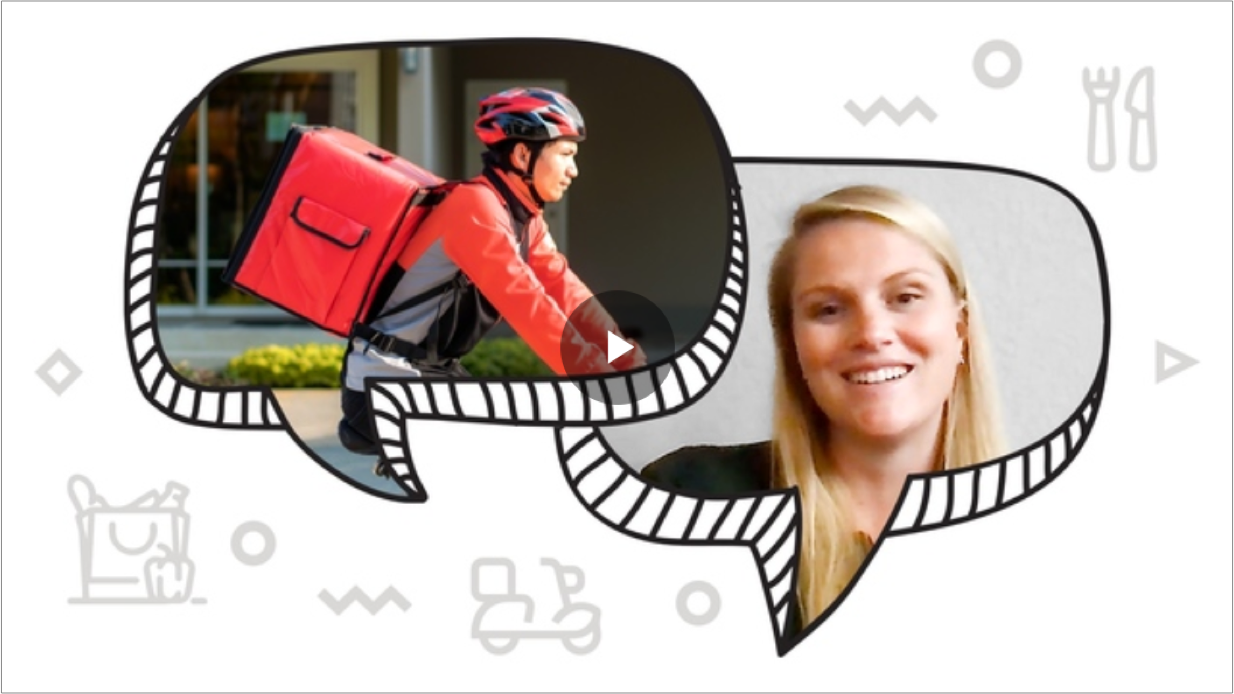
Related Articles
-
![Food around Laptop]()
Article
How COVID-19 Shapes Digital for Restaurants
An Adobe and Publicis Sapient survey of quick-service and fast-casual restaurant executives looks at how they assess their transformation, how they have leveraged digital technologies and their digital maturity.
-
![Person with Mask]()
Article
The Need to Re-define the Restaurant Experience
A way to plot a recipe for success in the quick-serve dining model.
-
![]()
Article
How Restaurants Can be a Model for Digital Transformation
In this POV by Publicis Sapient, we look at how restaurants can be a model for digital transformation due to the need to change many aspects of their business during the Covid-19 pandemic. Learn valuable insights for your industry here.





